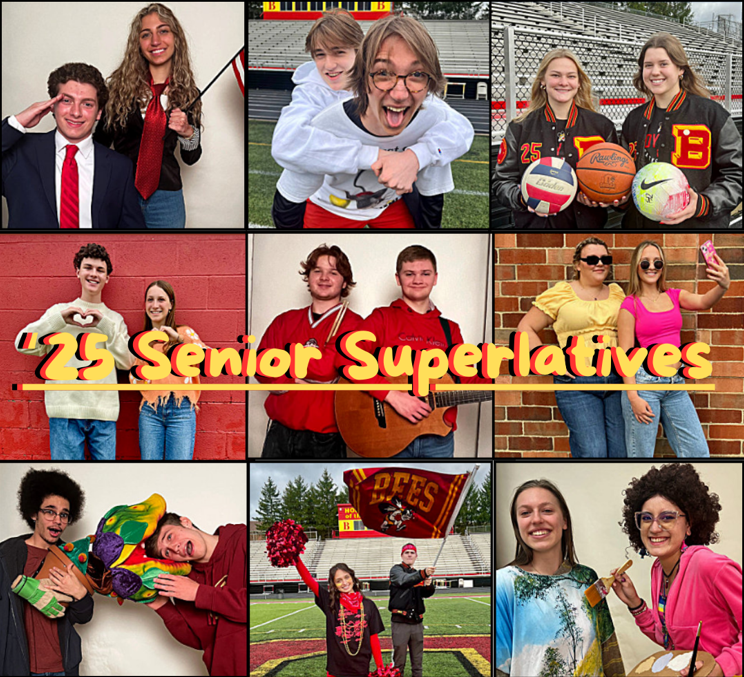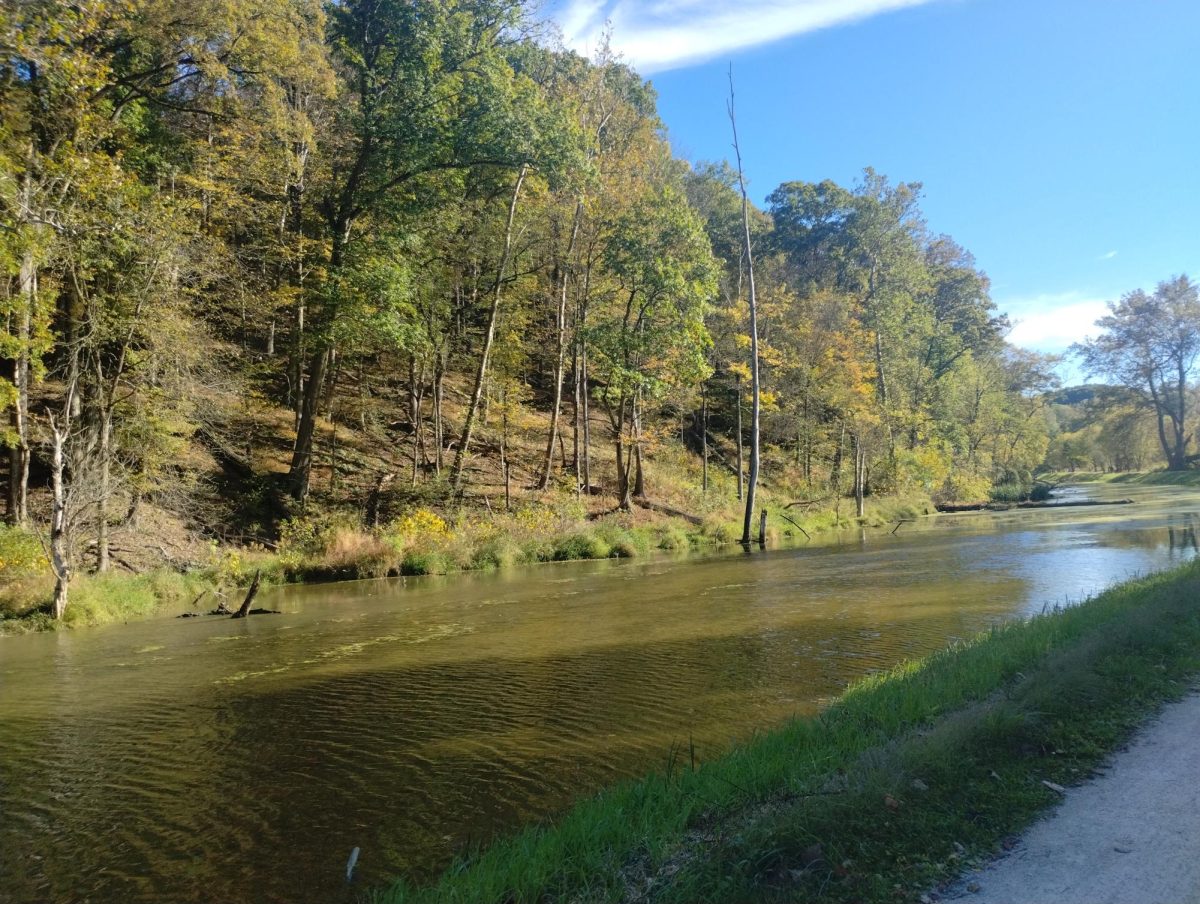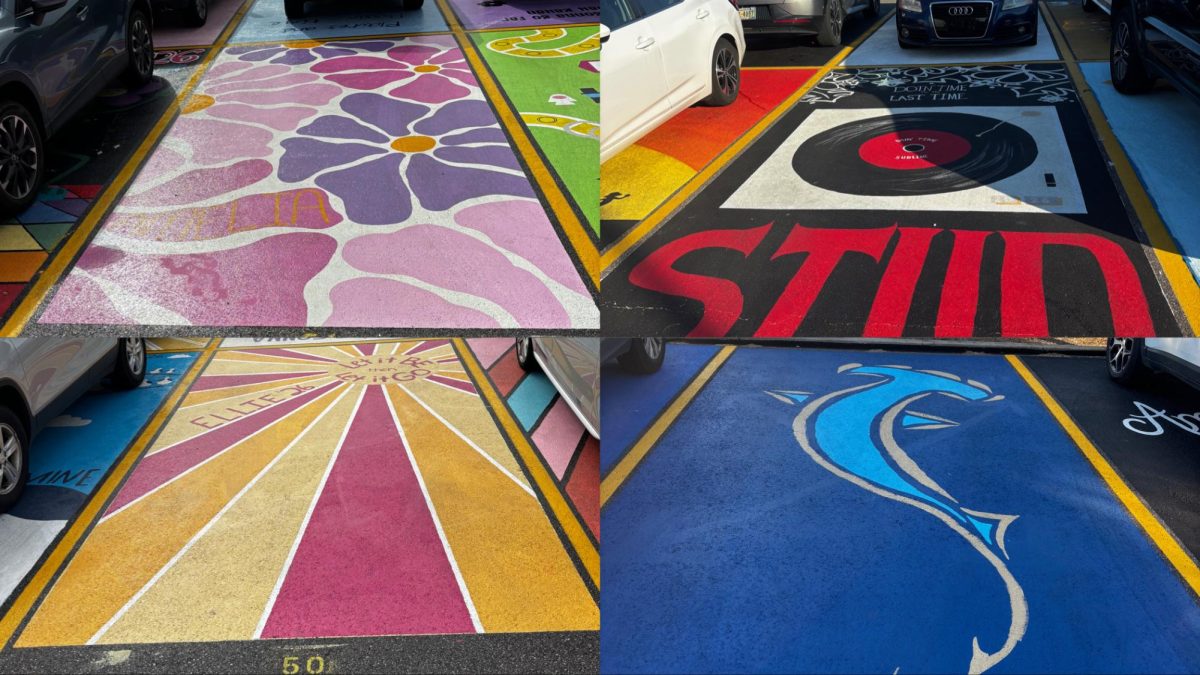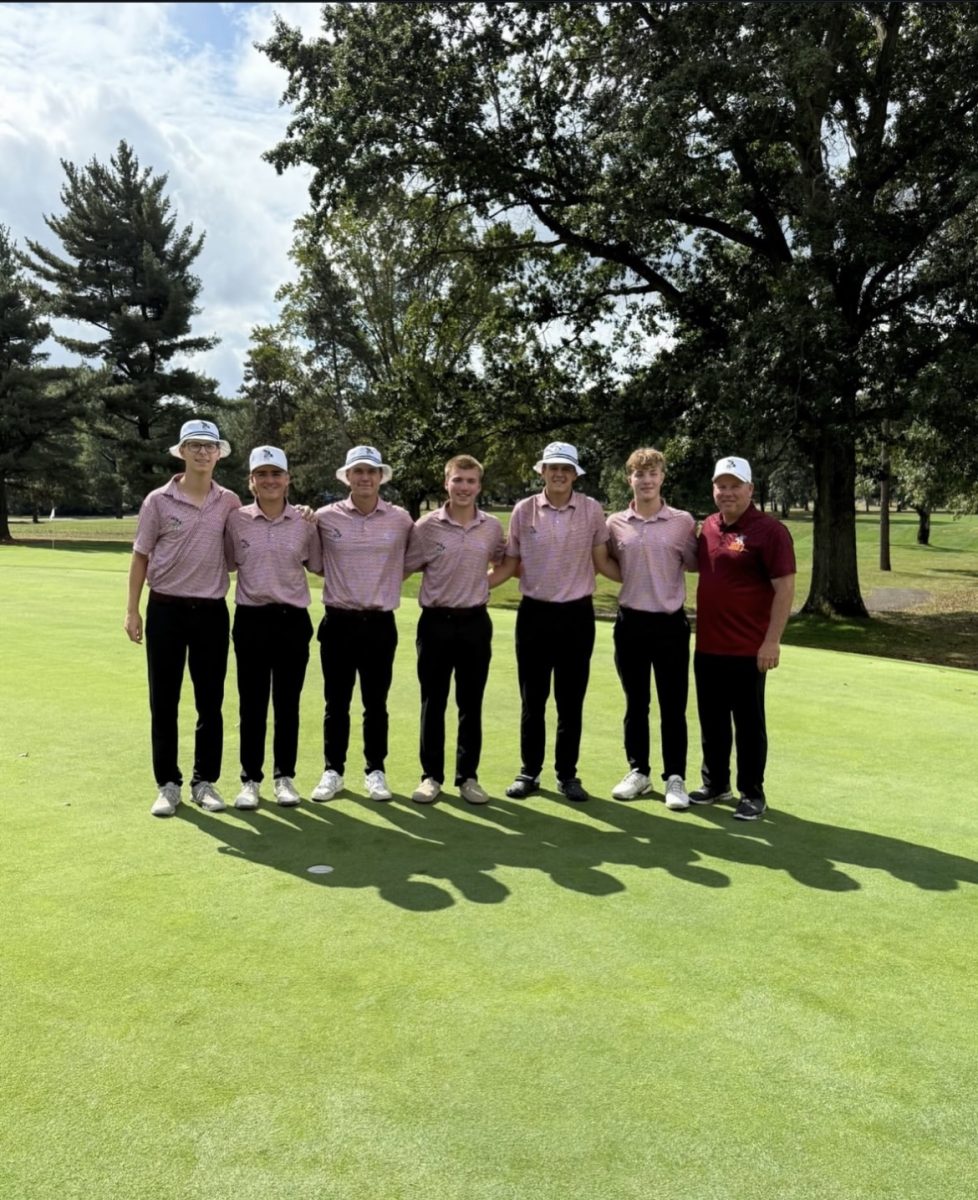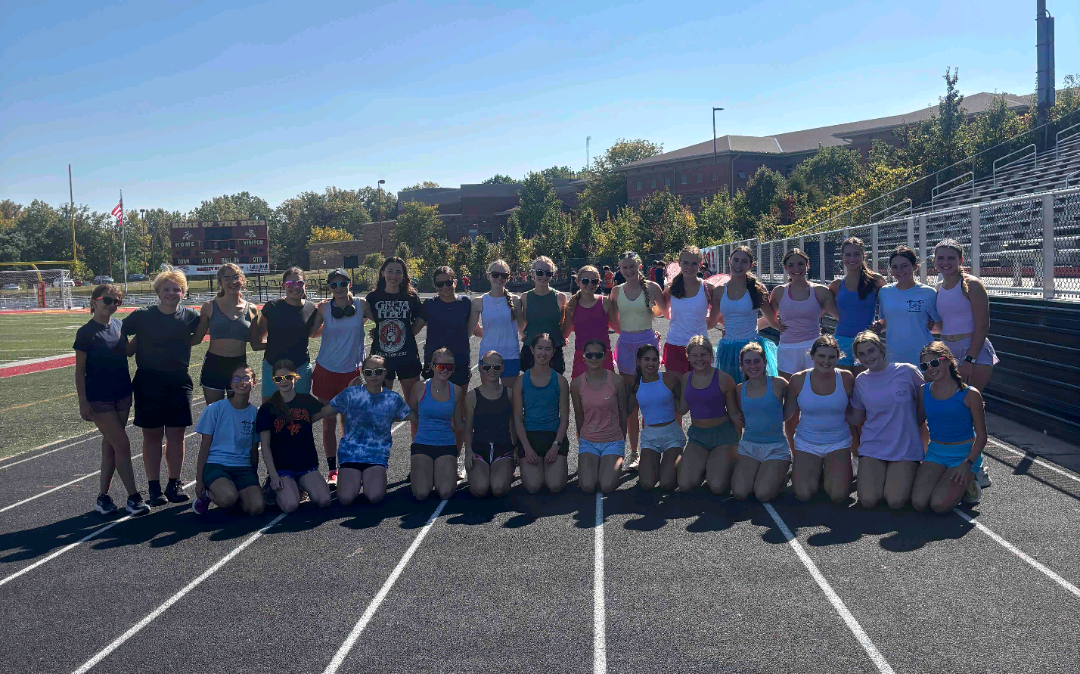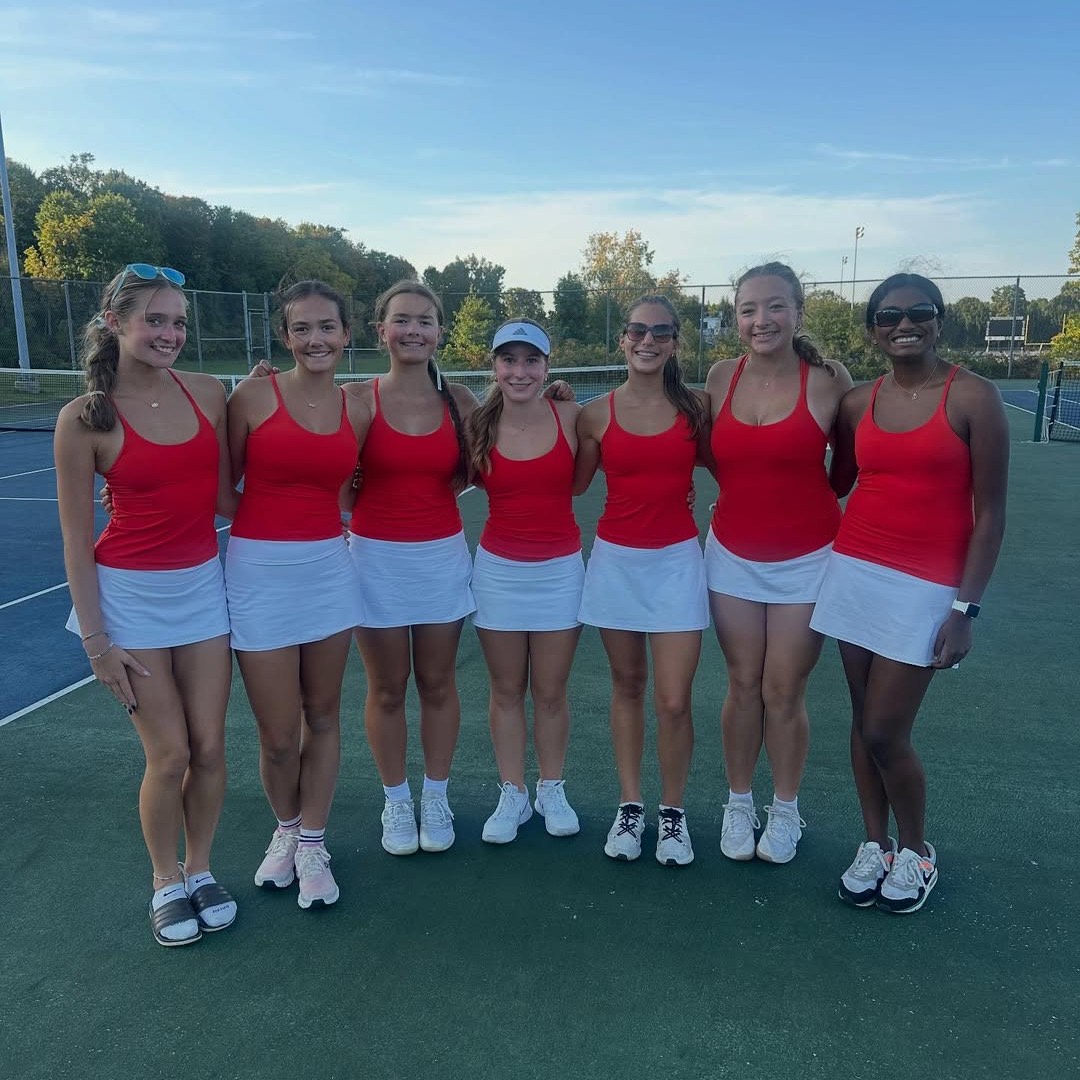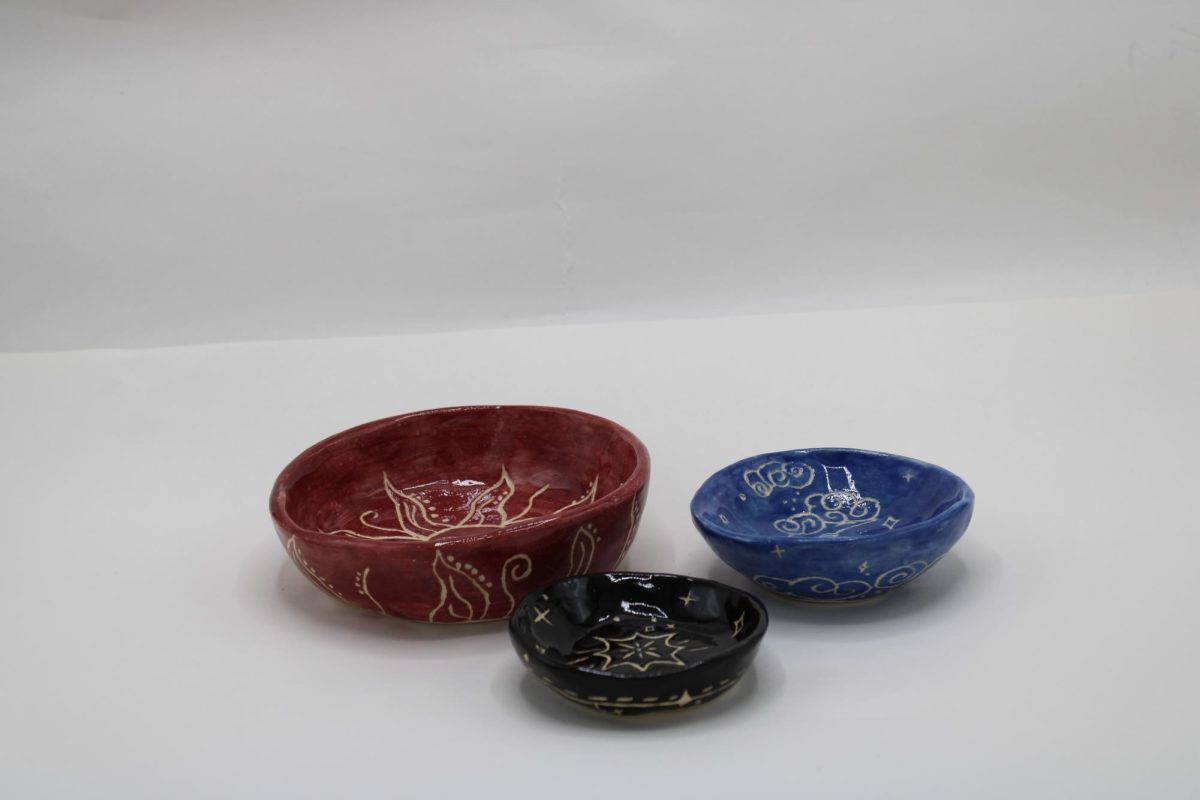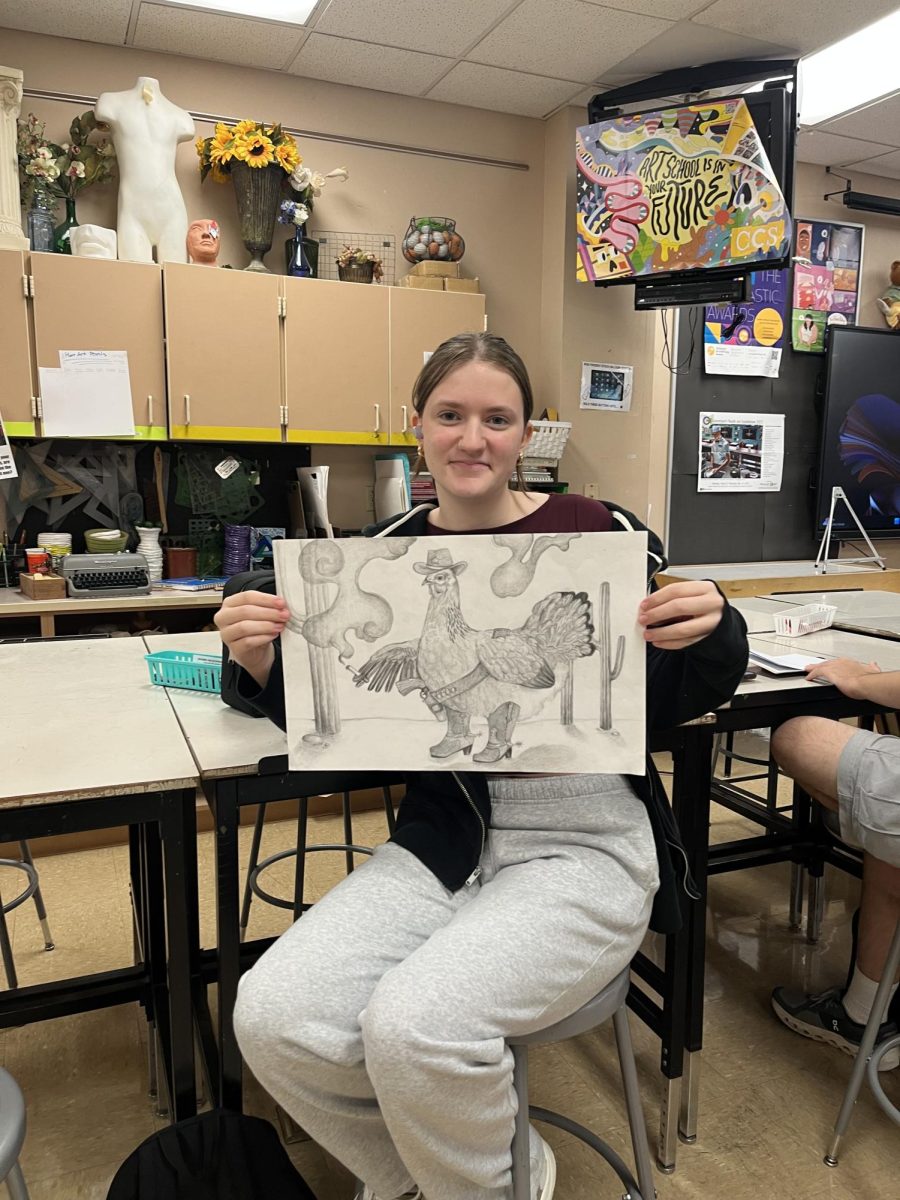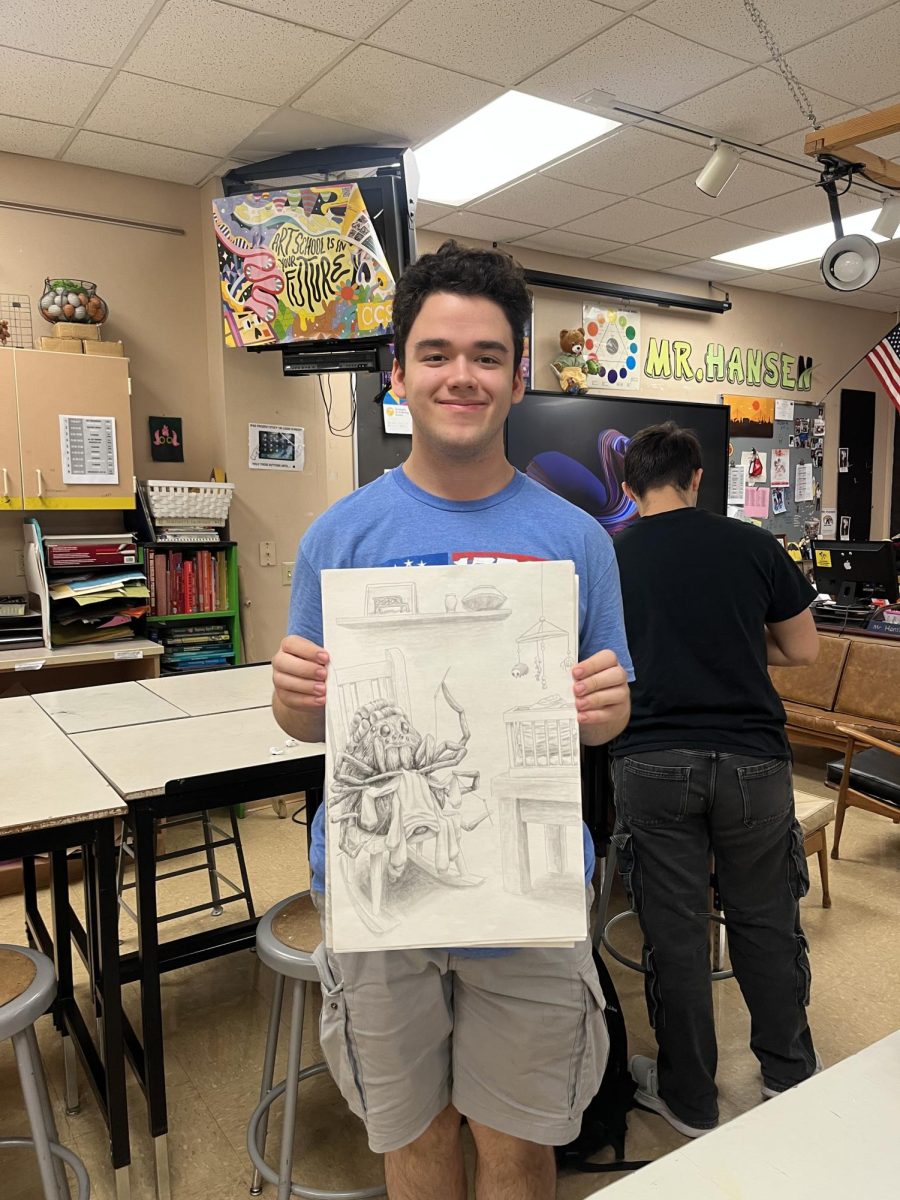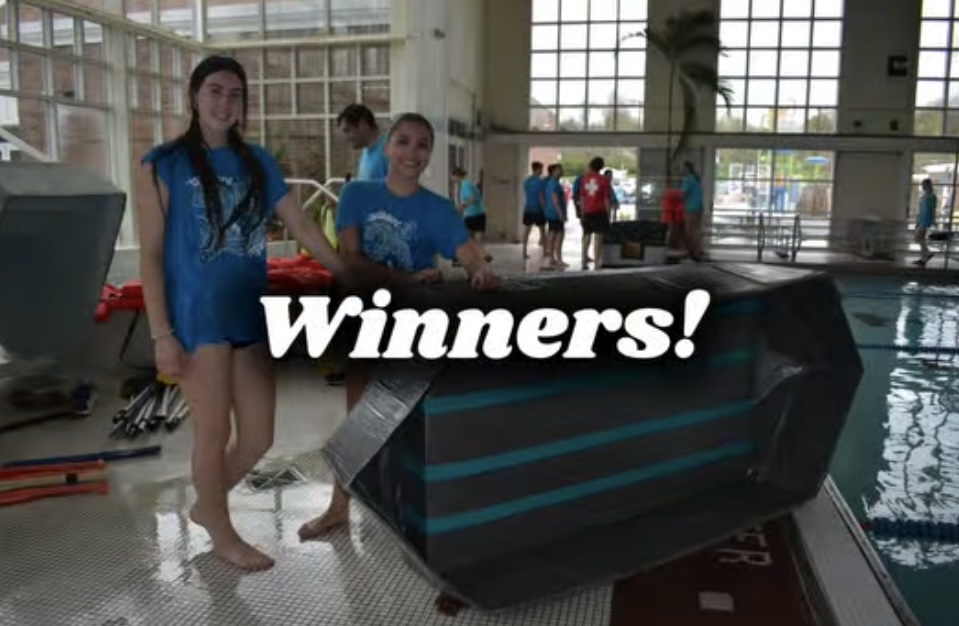On Friday, April 25, seniors and juniors dove into physics at the Brecksville Recreational Aquatics Center during the annual Cardboard Regatta. Hosted by the physics program at BBHHS, students designed, built, and raced boats made entirely from cardboard and duct tape in a highly anticipated tradition that combines science, engineering, and school spirit.
The regatta, founded in 2014 by physics teachers MaryEllen Mauser and Jessica Harnist, was inspired by a desire to give seniors a memorable and educational project. “Mrs. Harnist and I wanted to do a fun STEM project as a culminating activity,” said Mauser. “My own physics teacher canceled it the year I took physics, so I brought it back.”
Since then, it’s become a beloved event. “I love watching the kids get in the boats and seeing their friends cheer from the sides,” Mauser said. “The whole atmosphere—the parents watching from the balcony, the teamwork, the laughter—it’s my favorite part.”
Seth Clerget, who teaches AP physics, emphasized the lessons behind the fun. “Building a boat brings together principles of center of mass, balanced forces, and density,” he explained. He noted that teamwork is just as important as physics. “By working together to design and build their boat, students are placing a great amount of trust in their team members,” he said. “Trusting that everyone will do a good job is integral to success.”
Senior and winner of the race, Hailey Morell, described the experience as both meaningful and demanding. “It was a very memorable experience and something I never thought was possible for me,” she said. Morell’s team took a practical approach to construction. “We used a TV box as our base and made a cardboard grid to slide inside the box. We used two layers of cardboard that we folded in half to quadruple the thickness of our walls. We covered everything in multiple layers of duct tape so no cardboard was showing, and water couldn’t get to any of the cardboard.”
Despite their planning, challenges still arose. “Putting together the triangles at each end was a challenge and we kept running out of tape,” she admitted. Her advice to future racers? “Make sure your boat is sturdy enough to hold your group, your calculations are accurate, and buy A LOT of tape.”
The event featured a variety of boat designs. Some were sleek and sturdy, while others were ambitious but flawed. “Keep it simple,” Clerget advised. “Many designs that seem to be built well still suffer from an oversight of core principles.”
While the entire day was filled with memorable moments, one stood out in particular. “It all really blends together for me,” Clerget admitted, “but the incredible come-from-behind win in the championship race was pretty awesome.”
As the regatta continues to evolve, both teachers hope to make it more environmentally friendly. “We do produce a lot of trash from this event,” Clerget said. “I’d like to see us move in a more sustainable direction.” Mauser agreed, pointing out the wastefulness of materials like tape and the challenge of reusing boats. “Maybe we can find a way to use less tape and still build strong boats.”
Morell also had ideas for improving the event. “To make it more challenging, groups should have to go from one end of the pool to the other instead of just for the championship round,” she suggested.
Still, the spirit of the event remains strong. Mauser added, “I’d make it [cardboard regatta] the seniors’ last day. This way we can get more kids to take physics and maybe add more fun games afterward.”
In the end, the Cardboard Regatta is more than just a race. It’s a celebration of physics, friendship, and finishing high school with a splash.


